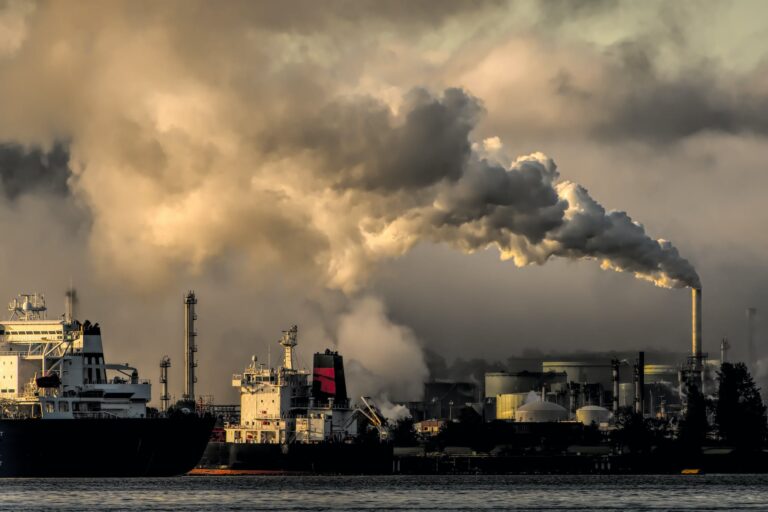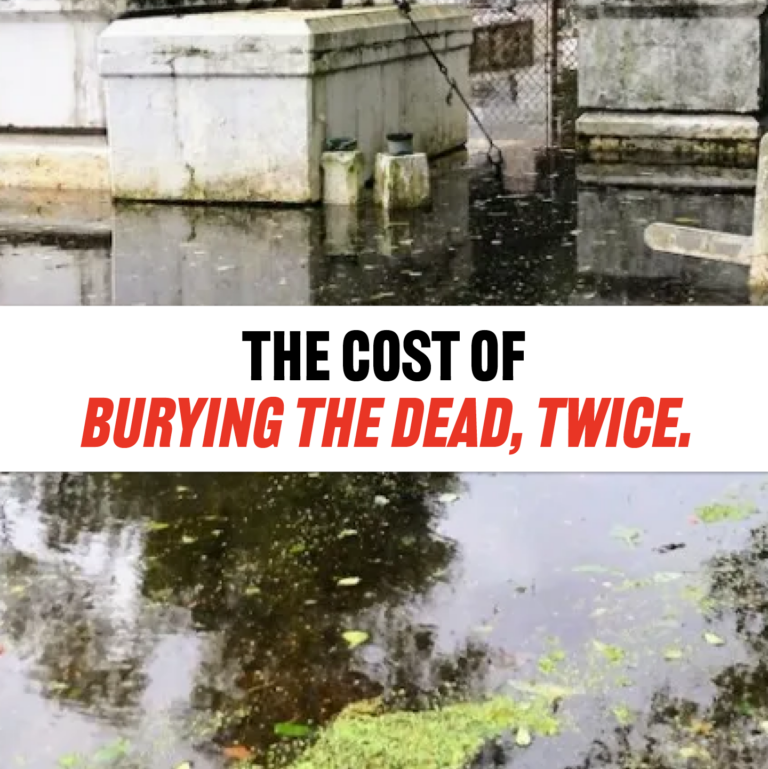If you want to get a big wind or solar project built, developers say you better meet with the community

A groundbreaking survey by Lawrence Berkeley National Laboratory, commissioned by the U.S. Department of Energy, reveals that developing utility-scale wind and solar projects is a long-haul endeavor, typically taking 4-6 years. Notably, about 30% of these projects are delayed or canceled. Factors such as local ordinances, grid interconnection issues, and community opposition are the predominant challenges, creating hurdles in project implementation. The study offers an in-depth look at the utility-scale wind and solar development landscape in the United States, and it gathered unique perspectives from industry professionals, shedding light on the myriad challenges and opportunities in renewable energy project development. Conducted between April and June 2023, the survey reached out to 713 developers, with a final participation of 123 respondents representing 62 companies. This cohort provides a representative snapshot of the wind and solar markets, sharing insights from developers with diverse backgrounds and regional experiences.
Read: Americans Still Love Gas Guzzlers
Discover: Is New York City Sinking?
A Timeline of Challenges
Central to the success of these projects is community engagement. The study highlights that opposition – often from a vocal minority or external influences – can derail projects, causing delays averaging 11 months for solar and 14 months for wind projects. Developers also note an uptick in opposition over the past five years, anticipating more challenges ahead. Survey participants bring a wealth of experience, with 82% having worked in multiple U.S. regions. Interestingly, the survey finds that those working in wind energy tend to have more years of experience than their solar-only counterparts.
Impact on Decarbonization Efforts
Developers voice concerns that community opposition, especially in wind energy projects, could significantly impede decarbonization goals. This perception is more acute among wind project developers than those in solar. Engaging with communities is pivotal, with developers favoring local meetings and presentations as critical strategies. However, they rate public opinion polls and social media engagements as less effective. This highlights a nuanced understanding of community dynamics and the importance of direct interaction. The survey sheds light on the complexities of the permitting process. A general preference emerges for state siting authority, viewed as more predictable and likely to approve projects than local or municipal authorities. Delays and cancellations are a significant aspect of project development, with local regulations, grid interconnection challenges, and opposition being primary drivers. Developers emphasize the need for early and robust community engagement as a response strategy to mitigate these risks. The economic dimensions of these projects are highlighted, with the report detailing payment variations to landowners and the impact of different site authorities on project costs. The relationship with landowners is a critical element, impacting project feasibility and community acceptance. As the U.S. continues to push for a more sustainable energy future, the insights from this survey provide valuable lessons. Developers recognize the evolving nature of community engagement, the importance of adaptive strategies, and the need for supportive regulatory frameworks to facilitate smoother project implementation.
This comprehensive survey paints a detailed picture of the challenges and strategies in utility-scale wind and solar project development. It serves as a crucial resource for industry stakeholders, policymakers, and communities, offering a roadmap to navigate the complex terrain of renewable energy development.
Climate Crisis 24/7 used generative AI technology to help produce this article, which a human editor at Climate Crisis 24/7 edited. Climate Crisis 24/7 is dedicated to accuracy and transparency; any article that uses AI will be noted.
This report was conducted by Lawrence Berkeley National Laboratory and was commissioned by the U.S. Department of Energy.
More from ClimateCrisis 247
- Wake-Up call? 30 Million People Could Die Each Year From Climate Change, study says
- It took a lot of balls to bring you this story about microplastics Making a home in Men’s testicles
- Microsoft in new Scope 3 bid as AI emissions soar
- For banks, transparency sets the tone






